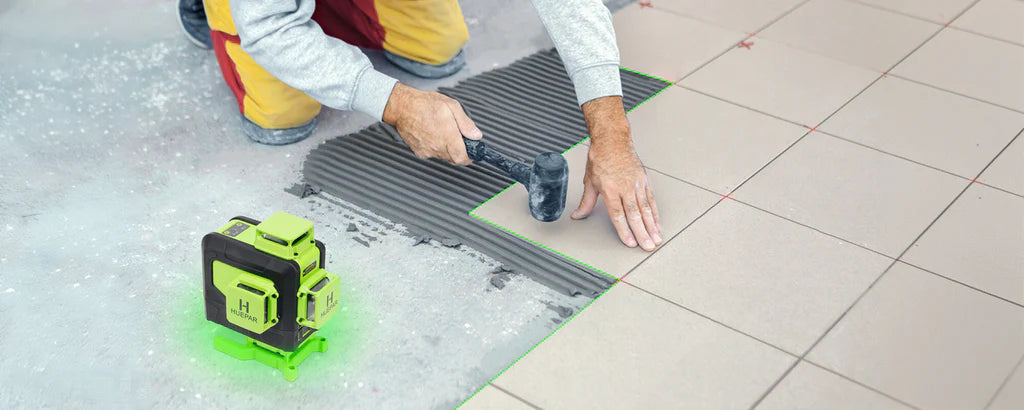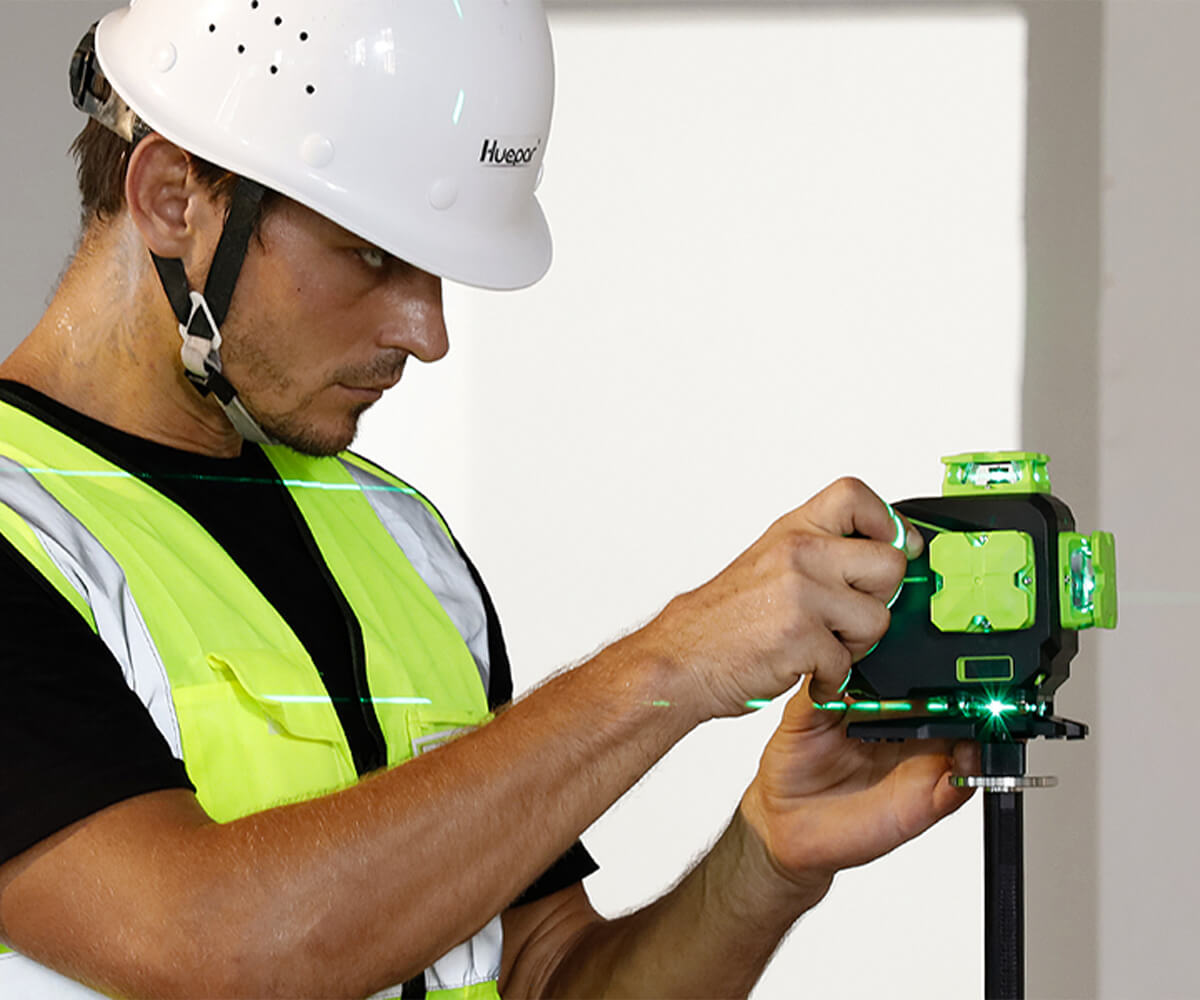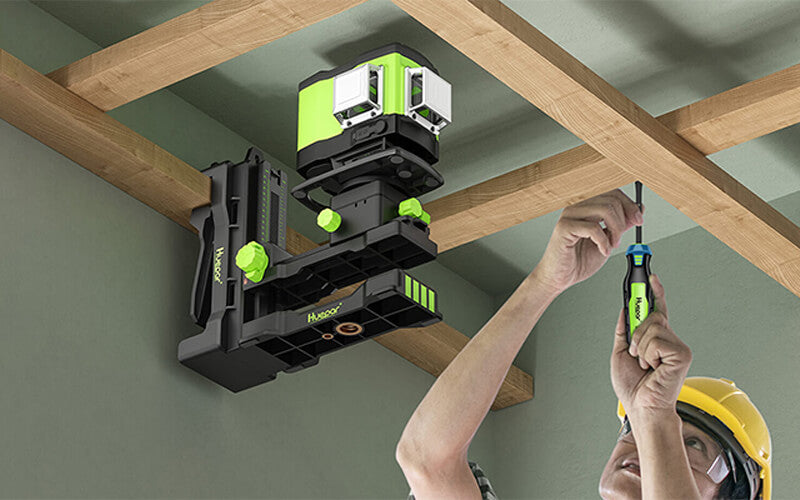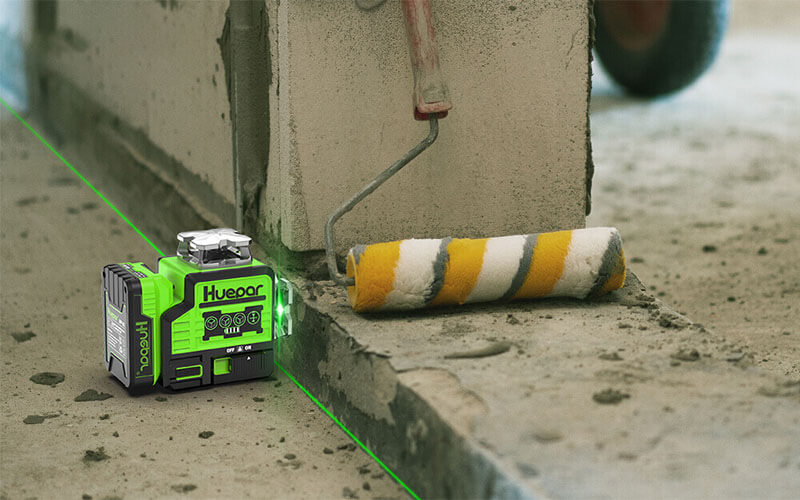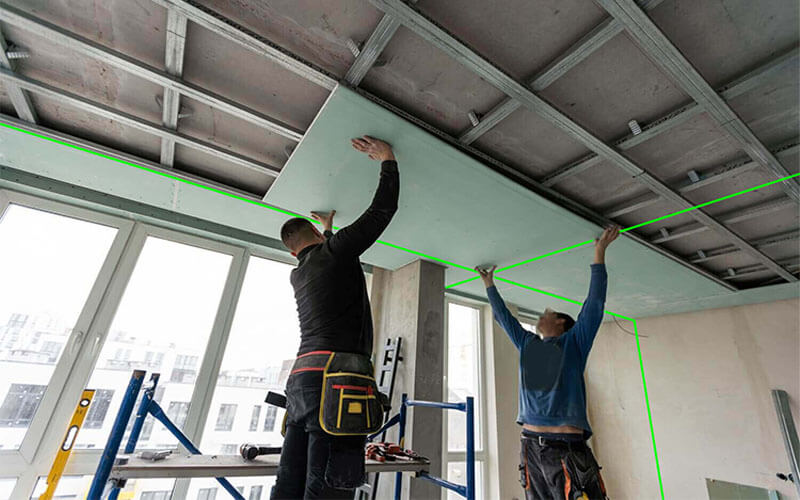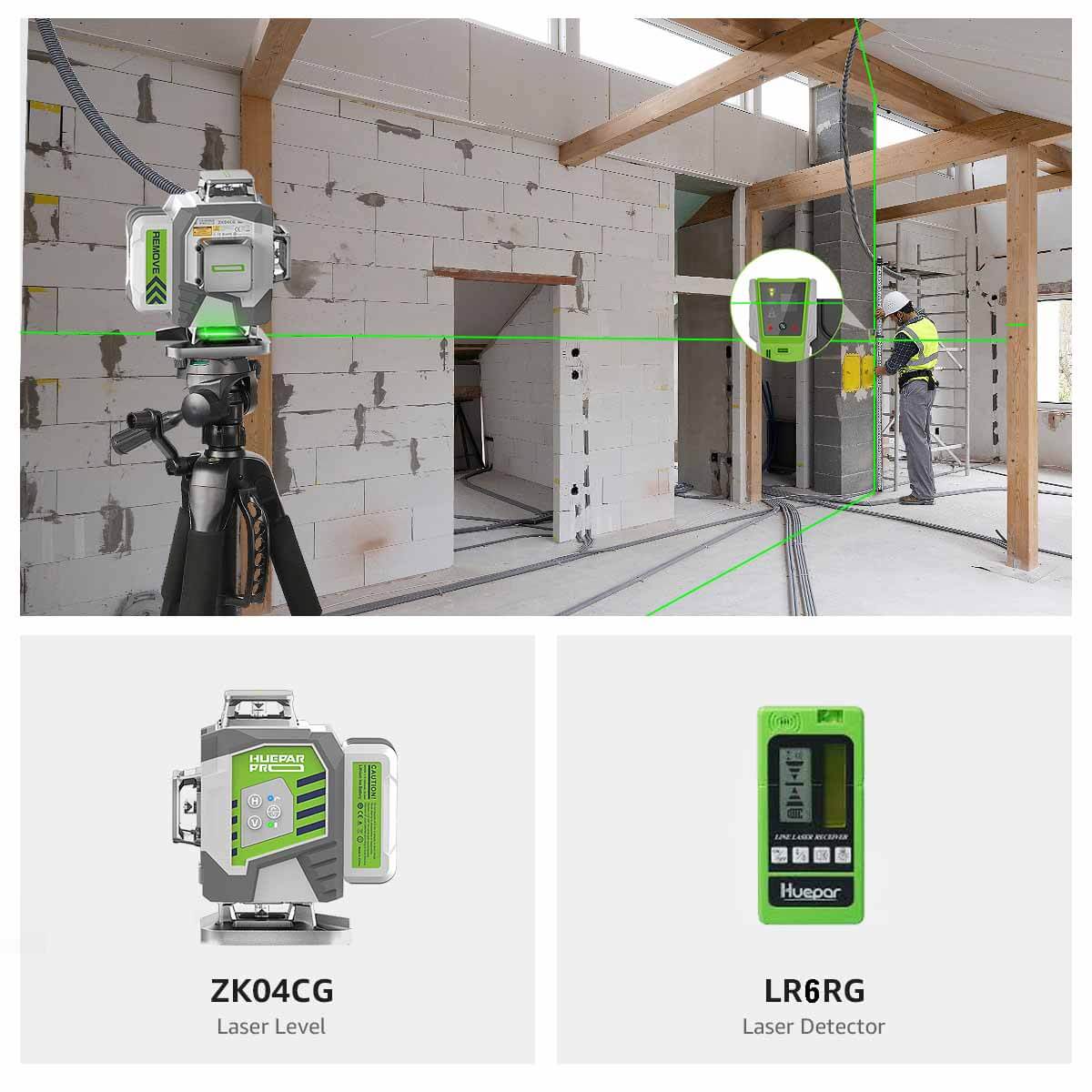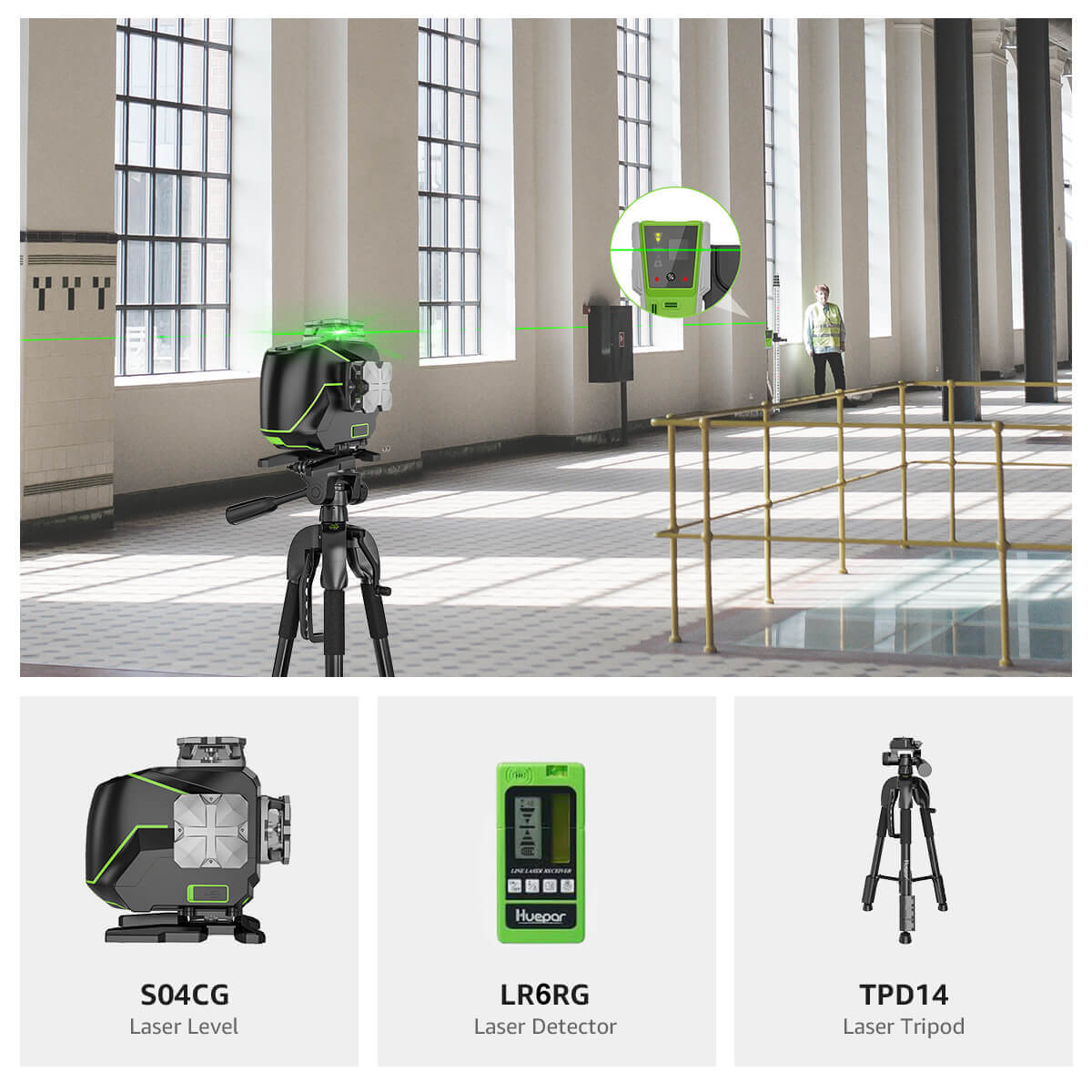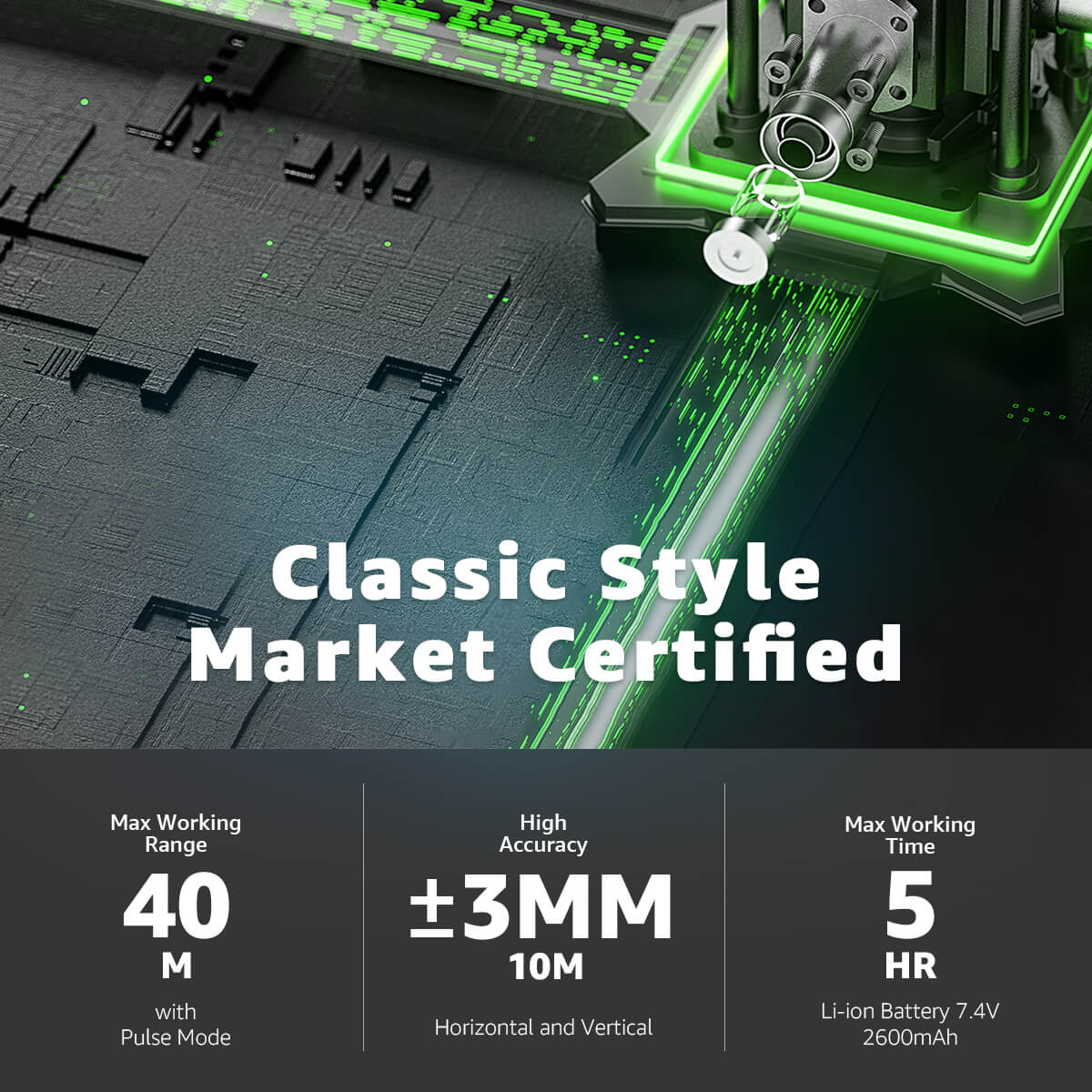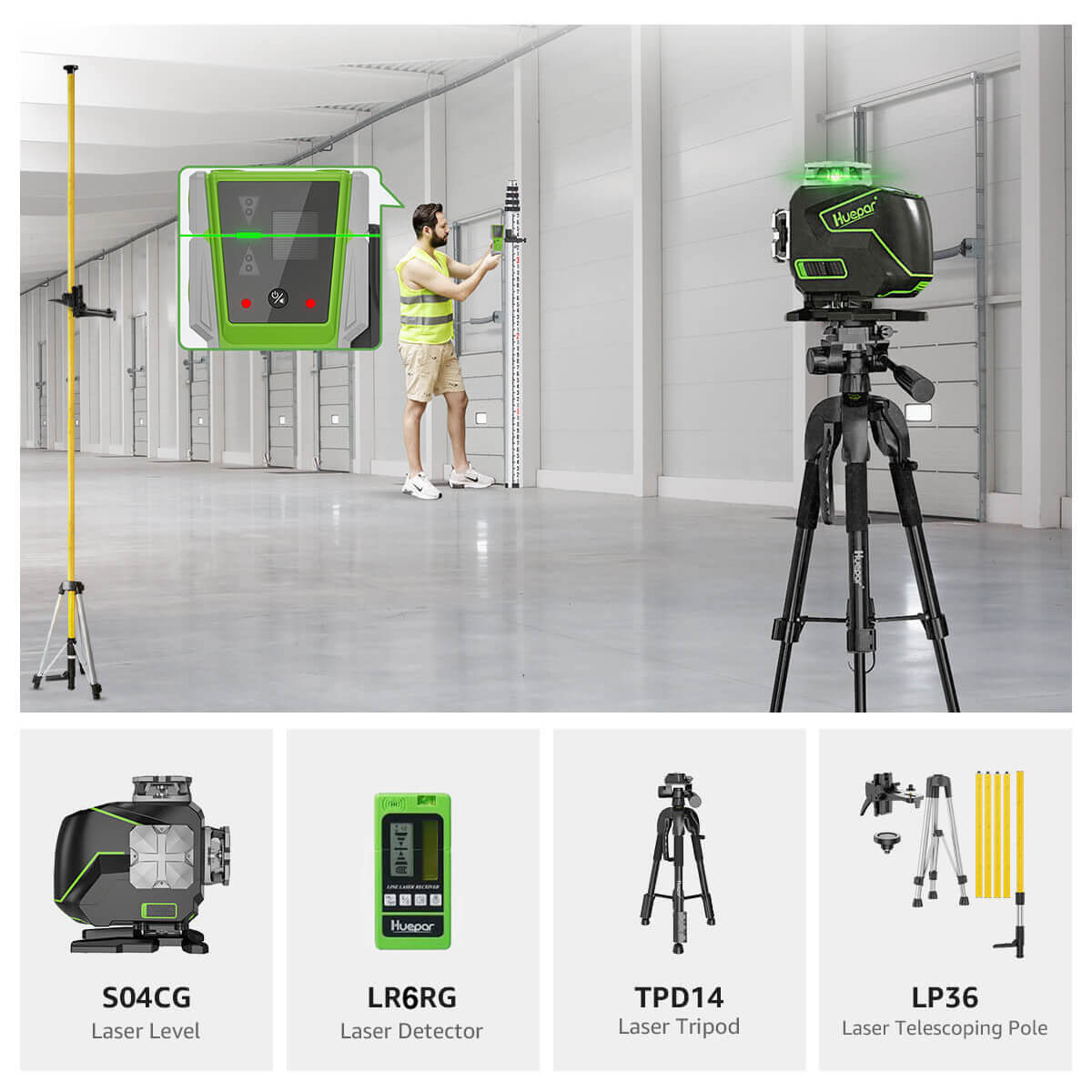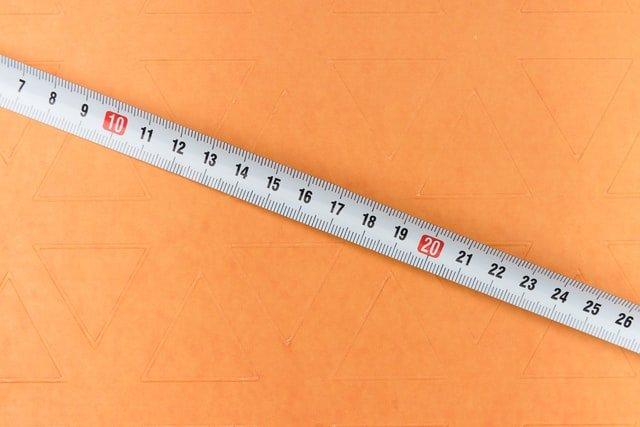
The Ultimate Guide to Choosing Between 3D, 4D, and Cross Line Laser Levels
Understanding Laser Levels: Types and Uses
What Are Laser Levels?
Laser levels are tools that shoot straight beams of light. They help users find a true line. This line can be horizontal, vertical, or both. The beam is used in construction and home projects. It shows where to put walls, tiles, and more. It is like a regular level but uses a laser. You turn it on, and a bright line appears where you aim it. This line is very straight and can be seen even in bright light. Laser levels make work quicker and more precise.

The Different Laser Levels Explained: 3D, 4D, and Cross Line
Laser levels come in many types, each with its use. The 3D laser level can project lines on all sides. This means you can see a full room layout. It is good for tasks like tiling and cabinets. The 4D laser level is even more advanced. It gives an extra line for more detail in projects. The cross line laser level projects two lines that cross each other. This is useful for hanging pictures or installing lights. Each type helps in different jobs, big or small.
Common Applications of Laser Levels in Various Industries
Laser levels are vital in many fields. They ensure straight lines for building and decorating. In construction, workers use them for laying out walls and pipes. Carpenters rely on laser levels for perfect cabinet alignment. Electricians use them to set up light fixtures in a straight line. Land surveyors need them to measure land accurately. Even artists use them to hang pictures in galleries evenly. Whether for professional or DIY tasks, a right laser level can make the job easier and more precise.
Factors to Consider When Selecting a Laser Level
Accuracy and Precision in 3D, 4D, and Cross Line Laser Levels
When picking a laser level, check its accuracy first. It's key for jobs needing precise lines or angles. Accuracy varies in 3D, 4D, and Cross Line models. Look for specs that meet your project's needs. Levels with higher precision might cost more but can be worth it. They ensure your work is within tight margins. A less precise tool may lead to redoing tasks. So, think about the level of detail required for your work. And choose a laser level that gives you the right balance. This choice can impact your work's quality and efficiency.
Durability and Quality for Professional Use
When picking a laser level for pro tasks, think of its build. A good device will stand up to drops and rough use. Look for sturdy materials like metal. Also, water and dust resistance matter a lot. IP ratings tell you how well a tool can deal with these elements. High IP ratings mean better defense against water and dust. Another point is the quality of the laser. It should stay clear and bright over time. Lastly, brand reputation can hint at durability. Well-known brands often offer reliable, lasting tools. Always check reviews and ratings for real-life insights.
Ease of Use: User-Friendly Features of Laser Levels
When choosing a laser level, ease of use is key. Look for user-friendly features:
- Clear Interface: Simple buttons and an intuitive display help avoid confusion.
- Self-Leveling: This feature saves time and ensures accuracy without manual adjustments.
- Magnetic Mounts: They enable easy attachment to metal surfaces.
- Battery Life: Long-lasting power means fewer interruptions.
- Remote Control: Adjust settings from a distance for convenience.
These features can help make your work with 3D, 4D, or cross line laser levels more efficient and less stressful.
A Comparative Analysis of 3D, 4D, and Cross Line Laser Levels
Pros and Cons of 3D Laser Levels
3d laser levels are popular for precision tasks. Their key advantage is creating a 360-degree horizontal and vertical lines. This offers full room coverage, which is ideal for complex projects. They usually come with easy-to-see green or red beams. But, 3D lasers are often pricier than other types. They can also be more complex to set up. Some may find them bulkier compared to simpler models. In summary, 3D levels offer high precision with a higher cost and complexity.
Pros and Cons of 4D Laser Levels
Pros and Cons of 4D Laser Levels
When considering 4D laser levels, it's essential to weigh their advantages and limitations.
Pros:
- Full Room Layout: 4D lasers project lines on all sides, creating a full room layout.
- High Accuracy: They often provide high accuracy, which is crucial for detailed tasks.
- Time-Saving: These levels can considerably reduce setup times for complex layouts.
- Versatile Use: Ideal for jobs that require precise alignments on multiple walls or surfaces.
Cons:
- Cost: 4D laser levels tend to be more expensive due to their advanced features.
- Complexity: They may have a steeper learning curve for those new to laser levels.
- Size and Weight: These levels can be bulkier, making them less portable.
- Power Consumption: Higher precision tech can mean more frequent battery changes or recharges.
Considering these factors will help ensure that you select a laser level that meets your specific needs and expectations.
Pros and Cons of Cross Line Laser Levels
Cross line laser levels are popular for their ease of use and versatility. Pros:
- Easy to Operate: They are straightforward, making them good for DIY projects.
- Versatility: Suitable for both indoor and outdoor tasks, like hanging pictures or leveling posts.
Cons:
- Limited Range: Their range is shorter compared to 3D or 4D lasers.
- No Full Room Layout: Cannot provide 360-degree lines that assist in full room layouts.
Making the Right Choice: Which Laser Level Suits Your Needs
Picking the right laser level is key for your tasks. 3d laser levels are great for full room layouts. They give you vertical and horizontal lines. They work well in both indoor and outdoor settings. 4D laser levels offer extra lines. This makes them good for complex projects. But they may be harder to use. Cross line lasers are simple. They are good for home projects like hanging pictures. Think about what you need. Consider your project size and how often you’ll use the tool. Choose a laser level that makes your work easier and more accurate.
